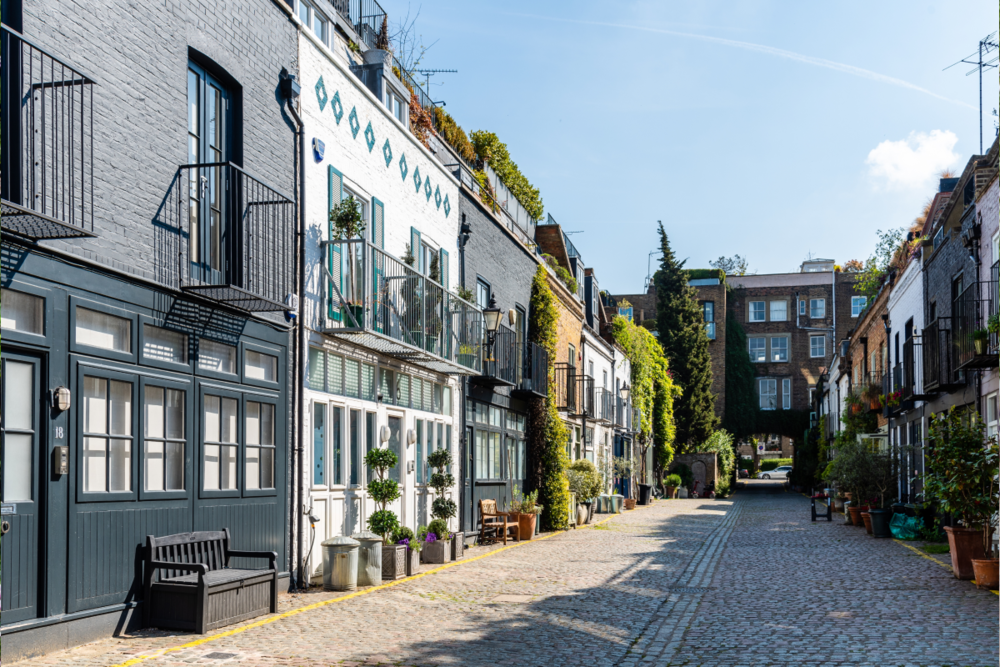How two World Wars changed London’s mews streets forever


Although the scars of two world wars are barely visible in the capital today, during the first half of the 20th century terrible damage was inflicted on London’s built heritage. During the Second World War alone it is estimated that around 18,800 tons of high explosives rained down upon the city’s streets.
Inevitably that meant mews houses were amongst the many historic buildings to be destroyed by bombing. In the latest edition of Lurot Brand’s quarterly magazine, Mews News, mews expert Martyn John Brown discusses the damage inflicted on our mews streets and paints a vivid picture of what life was like for Londoners under attack.
Why were so many mews streets destroyed?
Mews houses were often built behind the homes of wealthy residents, so the servants who lived in these smaller properties could be instantly on call for their masters. Many mews streets were therefore located in desirable parts of central London. These areas provided a prime target for bombers, so when war broke out, mews streets were right in the firing line. Martyn John Brown says: “The vast majority of Mews suffered either direct hits with around 10 per cent hit directly, or collateral bomb damage.”
Not just the Blitz
When we think of wartime damage to the capital’s streets, it’s natural to focus on the German Blitzkrieg (otherwise known as ‘The Blitz’), which destroyed much of the East End and City of London during the Second World War.
Few people realise that the capital also suffered bombardment during the First World War, when many bombing raids were carried out using deadly, silent airships. Over the four years between December 1914 and August 1918, around 2,900 people were killed in airstrikes. However, Martyn John Brown points out that this was “little more than a warning” of things to come.
The ‘Baby Blitz’ and Doodlebugs
When France fell to Germany in June 1940, French airfields put the German air force (the Luftwaffe) within striking distance of England. After that, Londoners began to experience the horror of the Blitz, which damaged approximately 3.5 million buildings.
Attacks on London slowed down when Germany diverted its firepower towards the Russian front, but occasional ‘tip and run’ raids continued to cause damage. When the British retaliated with attacks on German towns, the Luftwaffe responded with what is known as ‘The Baby Blitz’. Starting in January 1944, the Baby Blitz was notable for its night-time raids, when pathfinder aircraft dropped flares to light up the bombers’ targets. Soon afterwards Londoners had to face an even more terrifying form of attack. V-1 pilotless aircraft – known as ‘Doodlebugs’ – were flying bombs that carried an 850 kg payload of explosives.
You can discover more about the wartime fate of London’s mews streets by clicking through to page 14 of Mews News. You’ll also find articles on a range of fascinating topics, plus a selection of fabulous mews properties to buy or rent.
Finally, if you need help finding your perfect mews property, simply call us at Lurot Brand, we’ll be happy to help.
